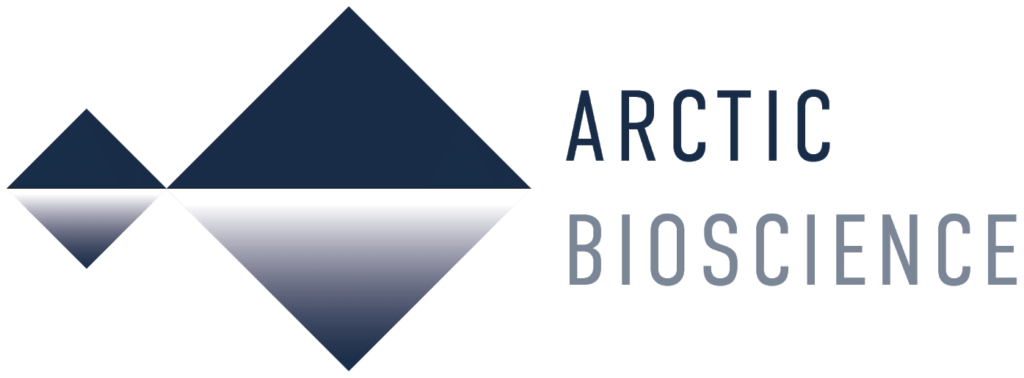Docosahexaenoic acid, often abbreviated to DHA, is a long-chain omega-3 fatty acid found mainly in marine species. DHA has been shown to be beneficial for brain health, and is therefore recommended as part of the diet.* But what exactly is DHA, and why is the omega-3 fatty acid so good for us humans?
DHA is an omega-3 fatty acid
Docosahexaenoic acid can be a tongue twister, and the fatty acid usually goes by the abbreviation DHA. Along with EPA (eicosapentaenoic acid) and ALA (alpha linolenic acid), DHA is considered one of the most common omega-3 fatty acids.
What is the difference between DHA, EPA and ALA?
Both DHA, EPA and ALA are omega-3 fatty acids, but the fatty acids have different structures and are found in different raw materials. Where EPA and DHA are mainly found in food from the sea, ALA comes from the plant kingdom. 1 ALA is a shorter omega-3 fatty acid, and is found, among other things, in chia seeds, walnuts and soya – to name a few.
The fatty acids DHA and EPA
The fatty acids DHA and EPA are usually only found in food from the sea. Fish oil differs from most other types of fat by containing a lot of the long-chain omega-3 fatty acids DHA and EPA. DHA and EPA are omega-3 fatty acids that are beneficial for health.*
DHA is good for your brain health
Both DHA and EPA are important for the heart, but it is DHA that is most important for the brain.* The brain contains a lot of DHA, but very little EPA, and therefore it is the omega-3 fatty acid DHA that is important for the brain.*
Brain cells contain a lot of DHA
The omega-3 fatty acid DHA is a building block of the brain. More than half of the brain consists of fat, but not normal fat cells as found in adipose tissue. All cells are surrounded by a thin layer of fat called the cell membrane. The membranes of the brain cells contain a particularly large amount of DHA.
The omega-3 fatty acid DHA is an important component of nerve cell membranes, and most of the polyunsaturated fat in the brain is DHA. Therefore, the brain needs more DHA than other organs. 3,4,5,6
You can read more about the function of DHA in the brain here.

How do you get enough DHA?
Because the body cannot make DHA efficiently, it must be obtained from the diet. If you consume 250 mg of DHA daily, it will help to maintain the brain’s normal function.
It is therefore wise to follow the authorities’ advice on consuming fatty fish to get DHA through the diet. You can do this by eating fish for dinner, especially fatty fish such as salmon, mackerel or herring. The health authorities in Norway recommend that you eat fish for dinner at least two or three times a week. 2
Romega is a rich source of DHA
If you eat too little fish, it may be good to take a DHA-rich omega-3 dietary supplement. Romega is a rich source of DHA and contains three times as much DHA as EPA. Two capsules of Romega provide 320 mg of DHA.
*) A daily intake of 250 mg of DHA helps to maintain normal brain function. A daily intake of 250 mg of DHA and EPA helps to maintain normal heart function.
References:
1. GOOD (2021). What are omega-3’s? Retrieved 05/18/21 from https://alwaysomega3s.com/what
2. Norwegian Directorate of Health (2014). Recommendations on diet, nutrition and physical activity. Report IS-2170.
3. Britannica (2019). The Editors of Encyclopaedia. “Adipose tissue”. Encyclopedia Britannica. https://www.britannica.com/science/adipose-tissue. Accessed 18 March 2021.05.24 .
4. Faiz, Kashif Waqar: the brain in Store medical lexicon on snl.no. Retrieved 18 March 2021 from https://sml.snl.no/hjernen
5. Holck, Per: nerve cell in Store medical lexicon on snl.no. Retrieved 18 March 2021 from https://sml.snl.no/nervecelle
6. Tanaka K, Farooqui AA, Siddiqi NJ, Alhomida AS, Ong WY. Effects of docosahexaenoic acid on neurotransmission. Biomol Ther (Seoul). 2012;20(2):152-157. doi:10.4062/biomolther.2012.20.2.152






